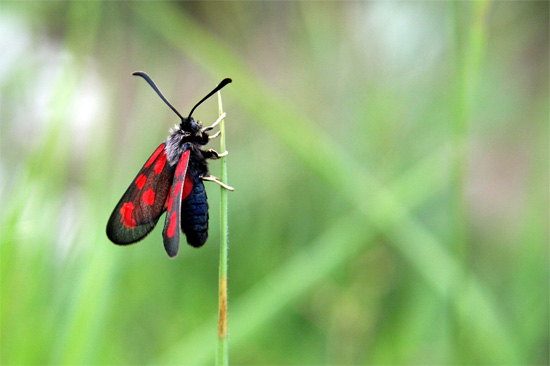Learning to use your camera’s macro feature will open up a whole new world in your photography and may just get you into trouble. Why? Because it can become an addiction and lead to more expensive equipment. Above all, it is fun and easy to do.
I entered the world of macro many, many years ago while still shooting film. I was using simple screw on close-up filters and not a macro lens, but it was still great fun. Macro photography is really the use of a dedicated macro lens giving a 1:1 view, but we use it to generically describe all forms of close-up photography.
Compact cameras can shoot remarkably good close-up photos depending on the quality of the camera. But, there are several factors you need to be aware in order to do this.
1. Switch on macro mode
This may seem like a no-brainer, but many a beginner has been frustrated by the salesman’s claims about macro just because they don’t read the manual. This is usually represented by a small flower on the settings dial, but make sure you know where it is on your individual camera. This setting allows you to bring the camera lens closer to the subject.
2. Use a tripod
Although some say a tripod is useful, I think that it is essential for any form of close-up or macro photography. It will help limit any form of user induced vibration which will give a sharper image. Camera shake is more noticeable the closer you get to the subject. Getting the best should be your priority, so a good tripod is key.
3. Use flash
It’s not always necessary to use flash, but often it is essential, as shadows are a macro photographer’s enemy. Try shooting in bright available light and, if necessary, use some form of reflector to fill the shadows. This can be the white back cover of your camera manual or a proper reflector from a photo shop. It would be ideal if your camera gave you control of the flash, but if it doesn’t, use a piece of tracing paper and tape it over the flash to diffuse the harsh strobe light.
4. Focusing
The ability to focus manually is a big bonus when shooting macro. Because you are working with such limited depth of field, you need to be able to determine what you want in focus. Allowing the camera to choose by auto focusing will interfere with where you want to focus. So set it to manual focus and focus on the part of the subject you want in sharp focus.
5. Aperture
The ability to set your aperture manually is a big advantage, as this allows you to control the depth of focus mentioned in point four. The technical term for this is depth of field, and it determines how much of your image is in focus in front of the subject. Some cameras won’t allow changing the aperture once the setting has been changed to macro mode. If you can change the aperture, you’ll probably use a large aperture in order to blur out the background, which is very effective for close-ups.
6. Composition
Don’t forget the rules of good composition, like the rule of thirds. Placing your subject and making it the focal point are essential to good macro photos. Often when people shoot close-up, composition goes out the window, because they are so focused on the detail.
7. Self-timer
The use of your camera’s self-timer is essential in limiting camera shake and vibration when pressing the shutter button. This is basically a delayed shutter release allowing vibrations to subside before the photo is taken. Check out your manual to see how it works on your particular brand of camera.
Macro photography is fun; it opens up worlds within worlds. But as I said in the introduction, it can become addictive and expensive. It’s always a good idea to try it out with your compact before spending money on more expensive digital SLR camera systems.
About the Author:
Wayne Turner has been teaching photography for 25 years and has written three books on photography. He has produced 21 Steps to Perfect Photos; a program of learner-based training using outcomes based education.
Like This Article?
Don't Miss The Next One!
Join over 100,000 photographers of all experience levels who receive our free photography tips and articles to stay current:









Hi Bruce
I use Kenko extension tubes a lot of the time for my macro photography although I do own a 100mm macro lens. Not having any glass components in the tubes they don’t affect the quality of the shots.
should i use fujifilm finpix sl300 to get such quality macro photographes? if yes how?
Very much informative and very useful to beginners like me… Thanks.
One more tip for the readers. Extension tubes are extremely affordable, get great quality and can get get magnification.
Happy Shooting!
I started macro photography about a year ago and I use the screw-on magnifiers and it is such fun. I see the macro lenses for sale but for me, so far, the screw-on magnifiers are a lot of fun. Just remember: use your tripod.
Great tips. I only shoot macro using my Fujifilm HS20EXR,although it is not 1:1 ratio I could get it closer to that by using close up filters. I have a blog I let other photographers post their shots too, visit and check you might be interested to share your macro shots.
Alex
Initially I had Olympus Camedia C-5060 for macro photography and it was quite hard to have background blurred – now, with typical DSLR with macro lens it is quite opposite – I have to choode aperture range at least 5.6-8 to have an object sharp enough.